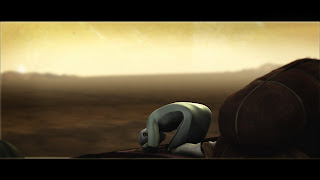I've been unable to import mocap data into Massive without crashing. After some more debugging, I think that the problem comes down to the fact that I am using Maya 2008, whereas Massive only appears to work with Maya 8.5. This incompatibility is probably also what caused all my
camera headaches a couple of weeks ago.
For example, when I save an animated camera using Maya 8.5, the end of the file has the following snippet:
connectAttr "persp1_visibility.o" "persp1.v";
connectAttr "persp1_translateX.o" "persp1.tx";
connectAttr "persp1_translateY.o" "persp1.ty";
connectAttr "persp1_translateZ.o" "persp1.tz";
connectAttr "persp1_rotateX.o" "persp1.rx";
connectAttr "persp1_rotateY.o" "persp1.ry";
connectAttr "persp1_rotateZ.o" "persp1.rz";
connectAttr "persp1_scaleX.o" "persp1.sx";
connectAttr "persp1_scaleY.o" "persp1.sy";
connectAttr "persp1_scaleZ.o" "persp1.sz";
On the other hand, in Maya 2008 the same section looks like this:
connectAttr "persp1_visibility.output" "persp1.visibility";
connectAttr "persp1_translateX.output" "persp1.translateX";
connectAttr "persp1_translateY.output" "persp1.translateY";
connectAttr "persp1_translateZ.output" "persp1.translateZ";
connectAttr "persp1_rotateX.output" "persp1.rotateX";
connectAttr "persp1_rotateY.output" "persp1.rotateY";
connectAttr "persp1_rotateZ.output" "persp1.rotateZ";
connectAttr "persp1_scaleX.output" "persp1.scaleX";
connectAttr "persp1_scaleY.output" "persp1.scaleY";
connectAttr "persp1_scaleZ.output" "persp1.scaleZ";
Even a non-programmer can tell that these two code blocks are semantically identical, Maya 2008 is just more verbose than Maya 8.5. Still, that's all it took - when I copy-paste the same code block from my Maya 8.5 file to the Maya 2008 file, everything works like a charm.






























